Whenever I travel, I always make sure I try the local cuisine. When visiting Turkey, there are so many tasty Turkish foods you can try, it can be overwhelming knowing what to try first.
Usually, if you’re ever stuck for choice, you go for the national dish. In England, it’s the tikka masala, in Italy it’s spaghetti bolognese, but what is the national dish of Turkey? The answer is; there isn’t one.
There hasn’t been an official agreement on what the national dish of Turkey is. Some say that it’s the doner kebab, and other’s say it’s manti. Some say there is no one dish, but an ingredient, such as wheat.
With a cuisine so diverse and varied across the country, it’s no wonder there hasn’t been an agreement on one particular dish to name the country’s staple food.
But in this guide, I’ve listed some of the national dishes of Turkey contenders that could take the title of THE national dish, as well as their history, and why you should try them.
Why Is There No Official National Dish Of Turkey?
There is no official reason for this, but what I think, is that there are no official dishes in Turkey because Turkey is a diverse country made up of multiple influences across the Middle East and Europe bought in by its trading history, and so many of the national dishes have claimed to be founded somewhere else.
Up until 1922, Turkey was under the rule of the Ottoman Empire, which once spread its lands across many countries including Hungary, Serbia, Bulgaria, Romania, Egypt, Greece, Algeria, Syria, Israel, and Iraq.
As such, Turkey has been a melting pot of many cultures, as well as being an important stop on the Silk Road trading route.
All these influences have created a unique and diverse culture in Turkey, including seeping into its cuisine. This means the origins of many of Turkey’s staple dishes are often influenced by other countries – though they do put their own spin on it.
The National Dishes of Turkey
In no particular order, here are some of the most popular Turkish foods and what many consider to be the national dishes of Turkey…
Doner Kebab
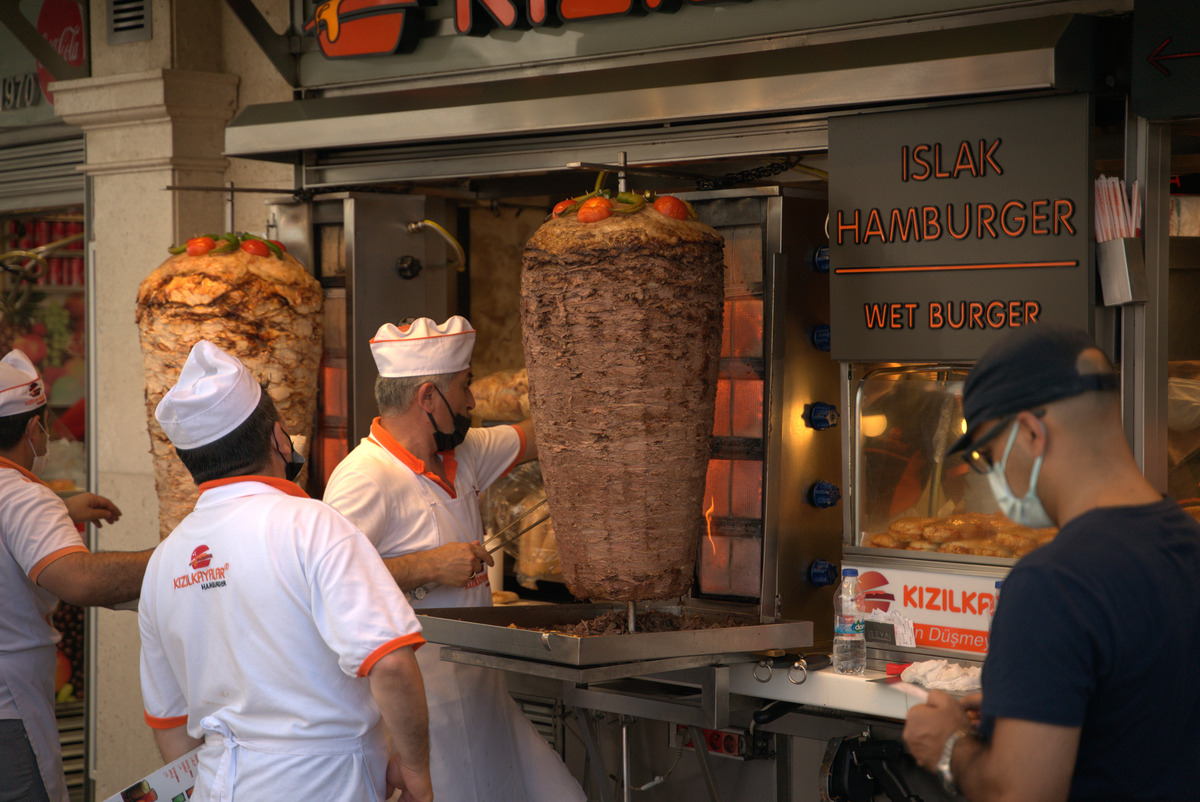
The doner kebab is a dish of Turkish origin, made up of succulent, slow-roasted meat layered onto a vertical spit and then shaved off and served in warm pita bread, accompanied by fresh lettuce, tomatoes, onions, and creamy tzatziki sauce.
It’s like a delicious flavor explosion in your mouth; a savory combination of spices, meat, and tangy sauce that will leave you wanting more.
Legend has it that the first kebab was prepared under the rule of the Ottoman Empire in Turkey, back in the 17th century. Up until the 19th century, the kebab was cooked horizontally.
In the 19th century, in the town of Bursa, the kebab started to be cooked vertically. Bursa is therefore considered the birthplace of the doner kebab.
Although there is no official evidence on who started it, a man named İskender Efendi was the first one to start doing it in the 1850s in Bursa, but there are also some who believe it was Hamdi Usta from Kastamonu who was the first to do this in the 1830s.
Regardless of how it started, the dish quickly gained popularity and soon became a ubiquitous staple of Middle Eastern cuisine and doner kebabs can now be found all over the world.
Manti
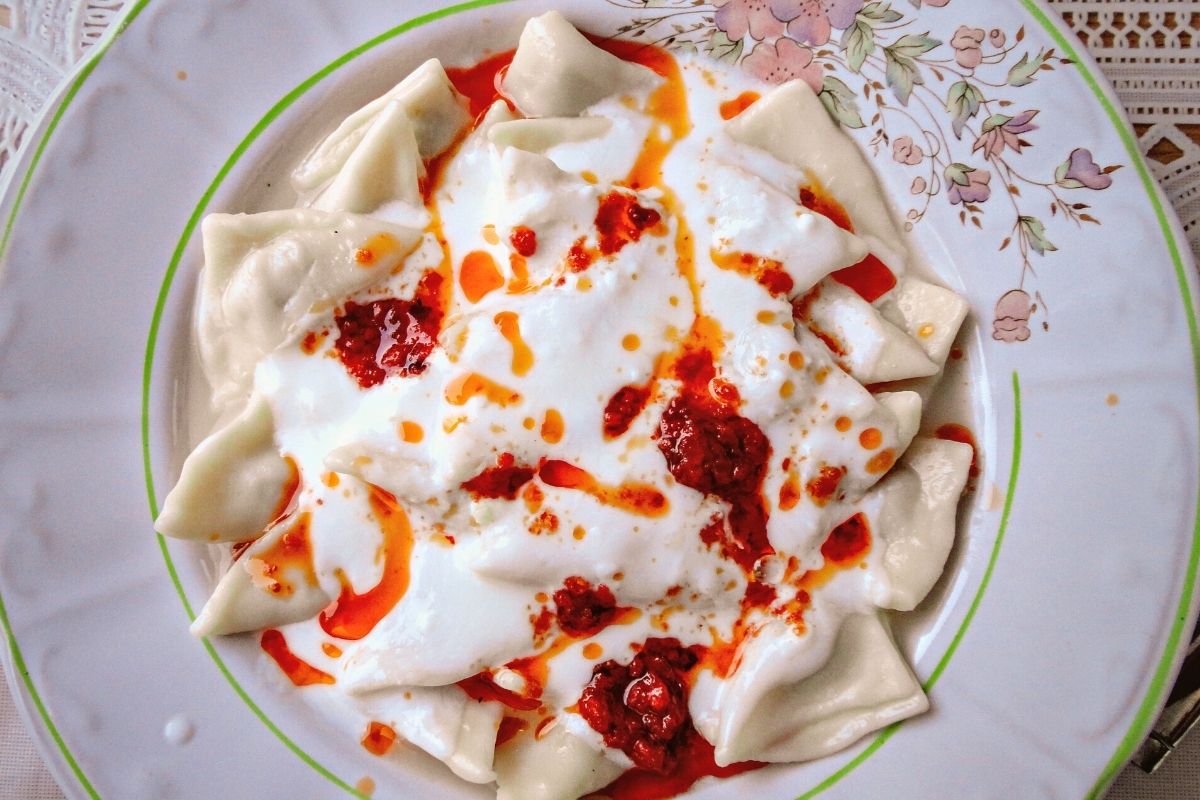
Manti is another traditional Turkish dish consisting of small dumplings filled with seasoned, minced meat, typically lamb or beef, and cooked in a savory broth.
It’s a dish that has been enjoyed for centuries in Turkey, and its origins can be traced all the way back to the Mongol Empire. The dish became popular in Turkey in the 14th and 15th centuries, with each region dressing it up in its own unique way.
Eating manti is considered a social affair in Turkey, where it’s usually a family-style meal enjoyed among loved ones. It’s often served with garlic yogurt, paprika-infused butter, and plenty of freshly cut parsley. The dumplings are small and tender, with the savory meat filling bursting with flavor.
What sets manti apart from other dishes is its combination of simplicity and depth of flavor. The marriage of tender meat and savory broth, paired with the richness of garlic yogurt and paprika butter, creates a taste that is both satisfying and unforgettable.
Baklava
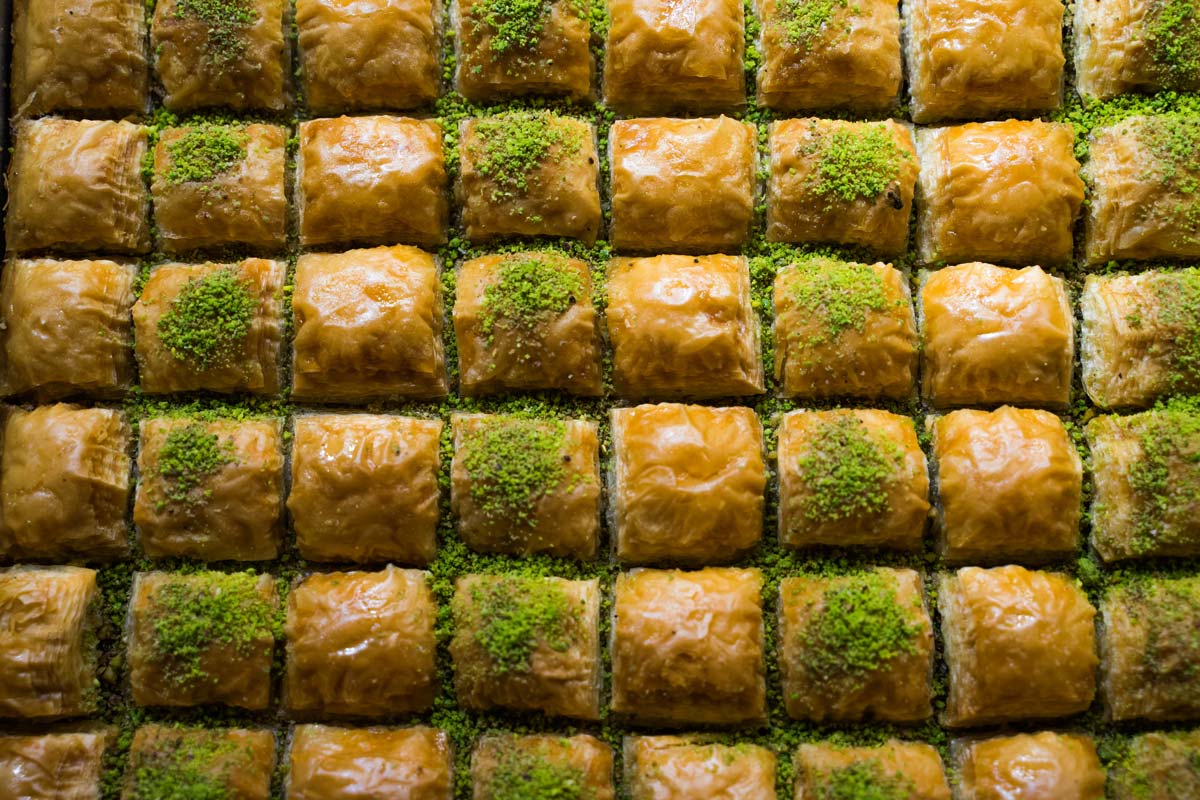
Baklava is a dessert consisting of layers of phyllo pastry, chopped nuts, and honey syrup. It’s a masterpiece that has been savored for generations, and its origins have been debated in different regions, with Greece, Turkey, and the Middle East among the main contenders.
The distinctive taste and texture of baklava have made it one of the most popular desserts around the world.
The process of making baklava is a labor of love and takes a great deal of time and skill. Every layer of phyllo pastry is carefully layered and brushed with butter and then sprinkled with chopped nuts such as walnuts, almonds, or pistachios.
The pastry is then cut into diamond-shaped pieces and baked to perfection, after which they are drizzled with honey syrup, infusing each layer with a sweet and satisfying flavor.
Baklava is an irresistible dessert that you should definitely try, and take home as Turkey souvenirs. Its golden pastry layers that are delicately encasing the crunchy and warm nuts, drowning in the syrup, make it a heavenly treat.
Gozleme
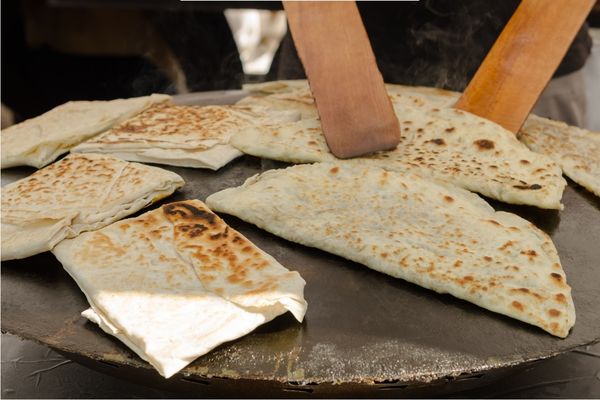
Gozleme is a savory pastry dish that’s typically filled with meat, vegetables, or cheese. The pastry is made with a simple dough of flour, water, and salt, and is rolled out thin before being filled and cooked over a griddle.
Gozleme has been a popular dish in Turkey for centuries and was traditionally cooked by nomads traveling through the countryside.
The process of making gozleme involves a great deal of skill and technique, and the filling combinations are limitless. It’s a dish that can be enjoyed as a meal or a snack, and is typically served with a wedge of lemon or a side of spicy dipping sauce.
Gozleme is a must-try for those who love exploring new flavors and textures. It’s a perfect blend of soft, chewy dough, and a flavorful filling that makes every bite an explosion of deliciousness.
The traditions of the past and the flavors of the present come together in a truly magical way in every piece of gozleme.
Borek
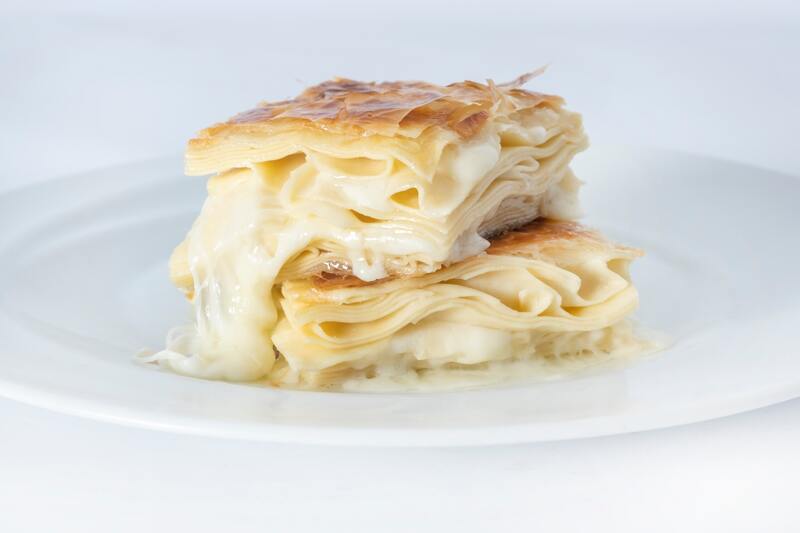
Borek is another pastry dish that’s popular in Turkey, consisting of thinly rolled dough that’s filled with cheese, meat, or vegetables, then wrapped into a spiral shape before being baked or fried to perfection.
It’s a dish that has been enjoyed for centuries in Turkey and can be found in most Middle Eastern restaurants across the globe.
The history of borek dates back to the Ottoman Empire when it was served during sultans’ royal banquets. The dish quickly became beloved by the working class, who made it a staple of their daily diet.
The recipe has been passed down from generation to generation, and it has evolved to include regional variations and unique twists.
The flaky pastry paired with the richness of the fillings is a match made in heaven. It’s a dish that can be eaten as a snack or a meal and is often served for breakfast or brunch.
Kofte
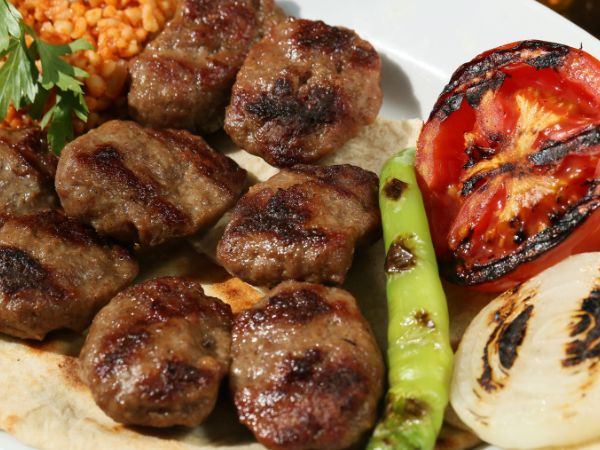
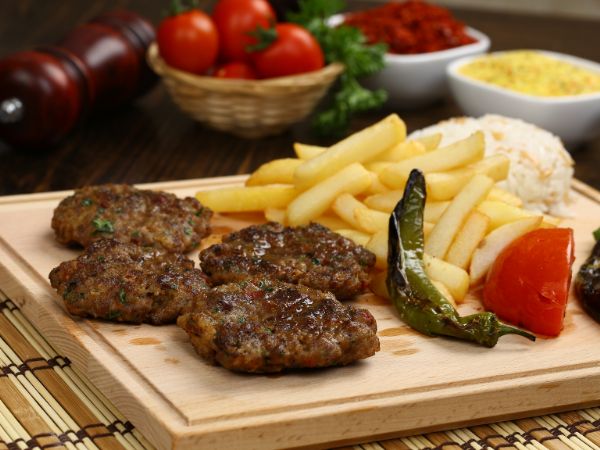
Kofte is a dish of Turkish origin made with ground meat, typically lamb, beef, or a combination of the two, mixed with herbs, spices, and other ingredients, then shaped into small meatballs and grilled or fried to perfection.
The dish has a long history that spans centuries in Turkey and the Middle East region and can be found in various styles and varieties across the globe.
The origins of kofte can be traced back to Central Asia, where the nomadic Turkish people created the dish as a way to preserve meat. Over time, kofte evolved into a beloved staple of Turkish and Middle Eastern cuisine, with various regions adding their unique flavors and recipes to the mix.
Kofte is a versatile dish that can be served as a main course or an appetizer, making it perfect for any occasion. It’s often accompanied by yogurt and fresh herbs, or served alongside rice, vegetables, or bread. The dish is a great source of protein and can be spiced to fit any taste preference.
Dondurma
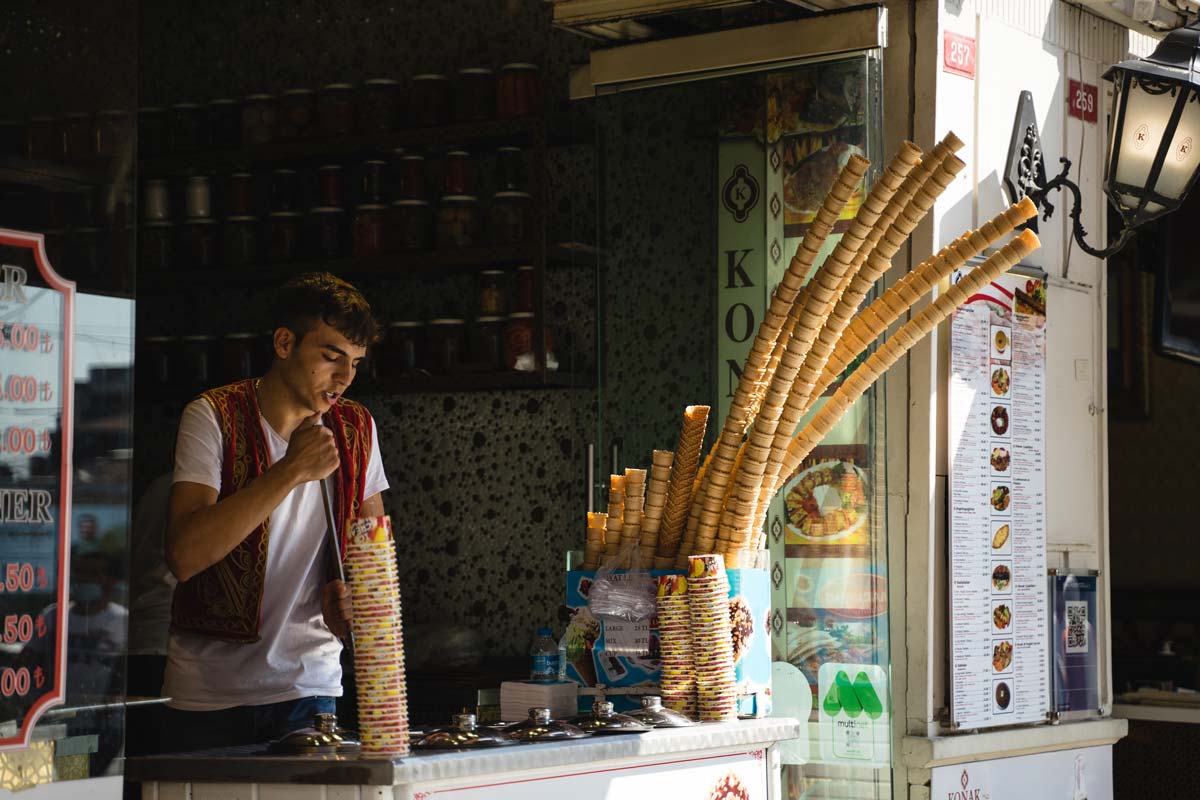
Dondurma is a traditional Turkish ice cream and one of the things Turkey is most known for. It’s famous for its stretchy, elastic texture and unique flavors. Because of its elasticity, many street vendors use this to their advantage by putting on a performance for visitors who want to try it.
The word “dondurma” actually means “freezing” in Turkish, and it has a rich history that dates back to the Ottoman Empire.
The history of dondurma can be traced back to the 16th century when it was served to the sultans in the Ottoman palace.
The recipe called for salep, a flour made from the bulbs of wild orchids, which helped to give the ice cream its distinctive stretchiness.
Over time, the recipe evolved to include mastic resin, a natural gum that is responsible for the chewy texture of the ice cream.
Dondurma is more than just a frozen treat; it’s a sensory experience that engages all the senses. The flavors range from traditional Turkish favorites like pistachio and rose to more modern and adventurous flavors like lavender and lavender.
The elastic texture of the ice cream also adds to the experience, making it fun to eat and perfect for hot summer days.
Dolma and Sarma
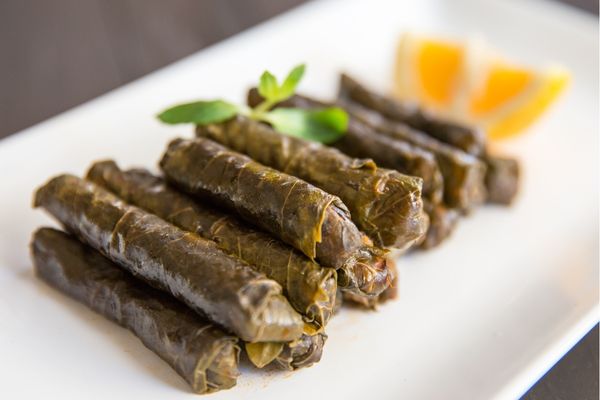
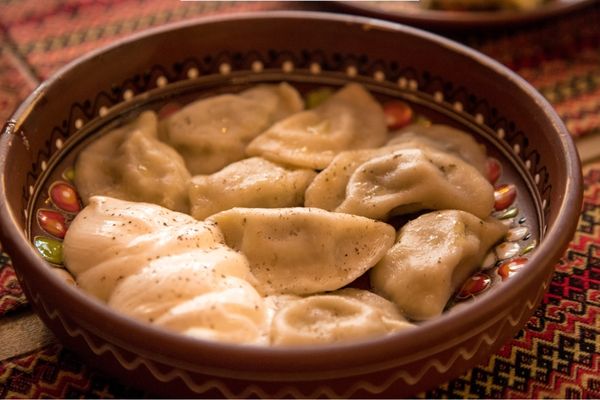
Dolma and Sarma are popular dishes in the Middle East and Mediterranean region that consist of stuffed vegetables, typically grape leaves or peppers, with a mixture of rice, herbs, and occasionally meat.
The difference between dolma and sarma is that dolma refers to any stuffed vegetable while sarma specifically refers to stuffed grape leaves.
The history of dolma and sarma can be traced back to ancient times when the dish was served to royalty and wealthy families in the region.
The dish quickly became a beloved staple of Middle Eastern cuisine, with various regions adding their unique flavors and ingredients to create their own traditional recipes.
Dolma and sarma are not only delicious but also nutritious, as they are a great source of vitamins and minerals. They can be enjoyed as an appetizer or a main course, and are often accompanied by yogurt, lemon juice or a side salad.
The distinct taste and texture of dolma and sarma make them an essential part of any Middle Eastern or Mediterranean culinary experience. The combination of tangy vine leaves and a flavorful filling is a match made in heaven, and no two recipes are the same.
Pide or Lahmacun
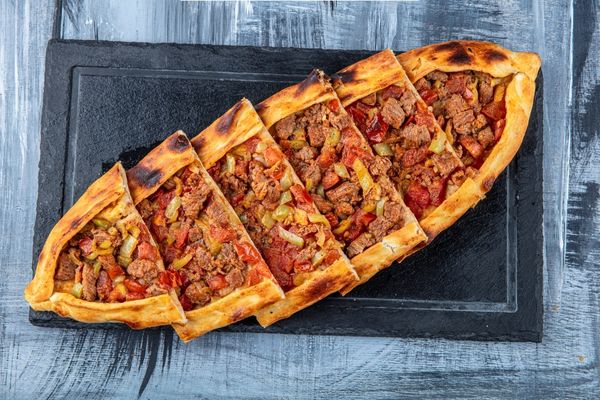
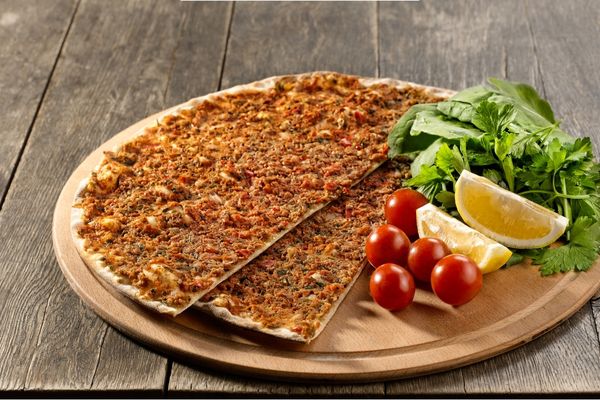
Pide and Lahmacun are two famous and mouth-watering dishes originating from Turkey.
Pide is a type of Turkish flatbread, stuffed with various toppings such as meat, cheese, vegetables, and herbs, while Lahmacun, also known as Turkish pizza, consists of a thin, crispy dough topped with spiced minced meat, herbs, and vegetables.
The history of these dishes can be traced back to the nomadic Turkish tribes, who would cook their bread and meat over an open flame, and make the most of the available ingredients while on the move.
These dishes eventually became popular street foods, and over time, gained a reputation as an exotic and delicious meal with a hearty, soul-warming taste.
The flavor and texture of pide and lahmacun are extraordinary, with each piece offering a burst of perfectly spiced flavors that differ with each bite.
These dishes are usually served straight out of the oven, either hot or warm. They are often accompanied by tangy yogurt, pickles or fresh herbs to balance out the flavors.
Simit

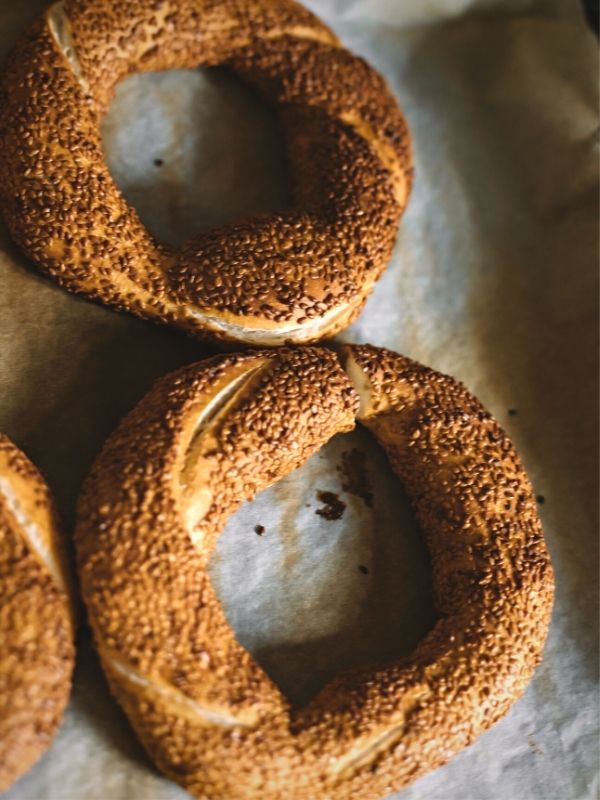
Simit is a popular pastry native to Turkey, consisting of a round-shaped bread covered in a generous coating of sesame seeds. The origins of simit can be traced back to the Ottoman Empire in the 16th century when it was known as gevrek or koulouri.
Simit is sold all over Turkey by street vendors and bakeries and is enjoyed as breakfast food or as a snack. It’s crispy on the outside and fluffy on the inside, with a delicious sweet and nutty taste that comes from the sesame seeds.
The process of making simit requires a great deal of skill and technique. The dough is made with flour, yeast, and sometimes molasses or grape syrup to add flavor and color.
The dough is then divided into small pieces, shaped into rings, dipped in molasses or grape syrup, and coated with sesame seeds before being baked to perfection.
Simit is not only delicious but a staple of Turkish culture and tradition, often enjoyed with tea or eaten with cheese or jam. It’s a quick and convenient snack that’s readily available and popular among locals and tourists alike.
Mercimek Corbasi
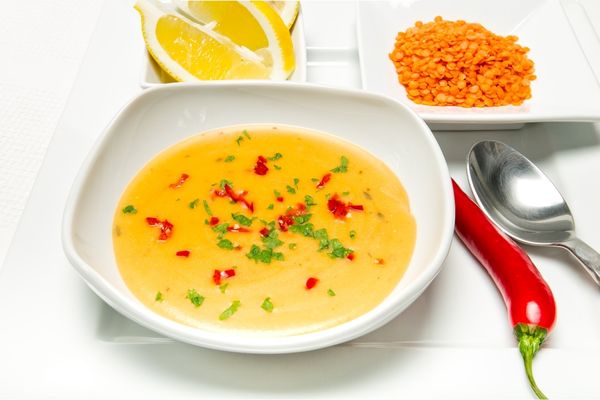
Mercimek Corbasi is a soup made from red lentils, vegetables, and spices. The history of this soup can be traced back to the Ottoman Empire, where it was served to the royal family and upper class as a luxurious and nutritious meal.
The recipe for Mercimek Corbasi has been passed down from generation to generation, and its popularity has spread beyond Turkey’s borders. It’s a favorite among locals and tourists alike, and its hearty and comforting nature makes it a perfect meal during cold winter months.
The process of making Mercimek Corbasi involves sautéing onions, carrots, and garlic and then adding lentils, spices, and vegetable broth. The soup is then simmered until the lentils are soft and tender, creating a creamy and nutritious dish that’s perfect as a standalone meal or as an appetizer.
Mercimek Corbasi is not only delicious but also packed with nutrients like protein, fiber, and iron. It’s an excellent choice for anyone looking for a healthy and satisfying meal that’s easy to prepare and full of flavor.
Menemen
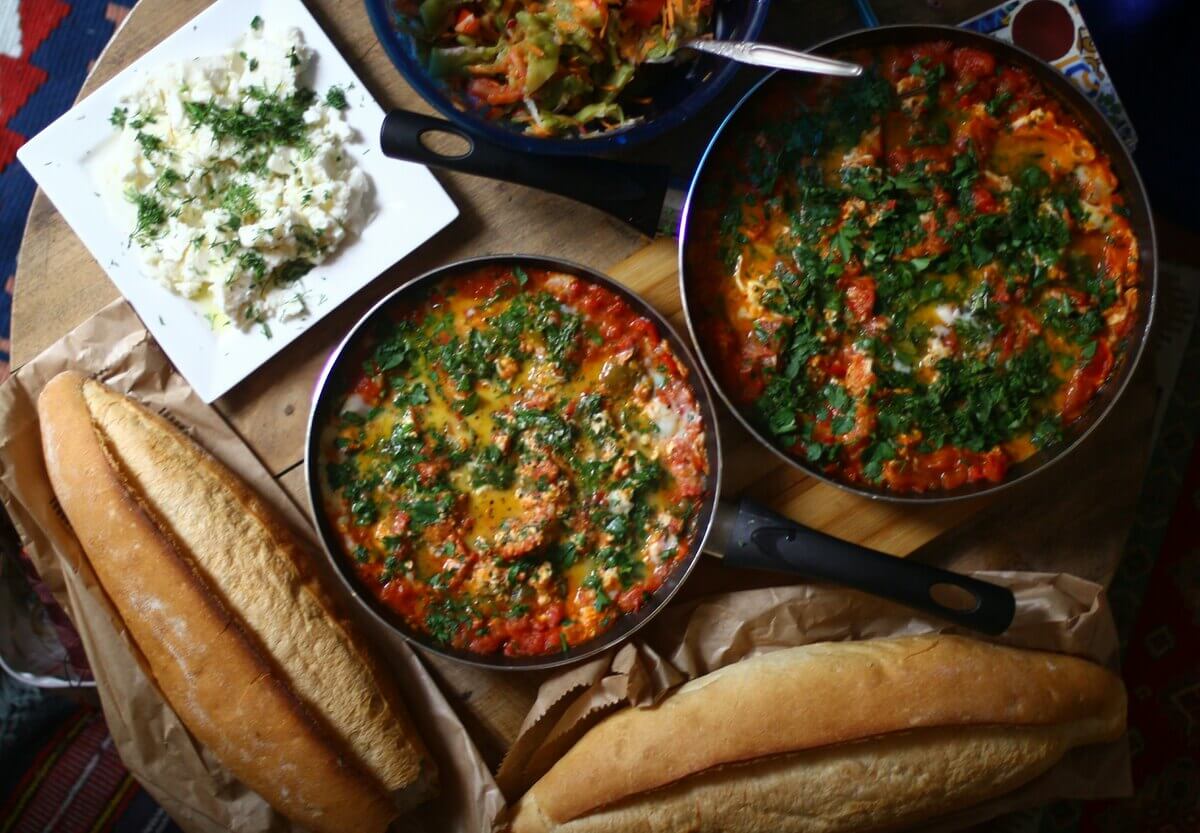
Menemen is a traditional Turkish breakfast dish, consisting of eggs scrambled with tomatoes, onions, and peppers, and seasoned with spices like cumin and parsley. This simple yet tasty dish has a long history in Turkey and has been loved by locals for generations.
The origins of menemen can be traced back to the rural regions of Turkey, where farmers would use their fresh vegetables to create hearty and healthy breakfast meals. The dish became extremely popular, with variations of it popping up in different regions of Turkey.
One of the unique things about Menemen is how easy it is to prepare. The simplicity of its ingredients and the speed of its preparation make it a popular choice for busy households and people in need of a quick and nourishing breakfast.
Menemen also offers a healthier alternative to traditional breakfast foods like cereals and bacon. The dish is packed with nutrients, fibers, vitamins, and proteins, providing you with the energy and nourishment you need to start your day on the right note.
Final Word
The national dish of Turkey has always been a topic of great debate. And to be honest, I can see why. With so many incredibly tasty dishes to try, it’s not easy deciding on what is considered THE national dish.
Hopefully, this guide gave you some ideas on what are the most popular Turkish dishes and what can be considered the national dish. Be sure to add tasting some of these dishes to your Turkey itinerary!
What do you think should be the national dish? Let us know in the comments.
